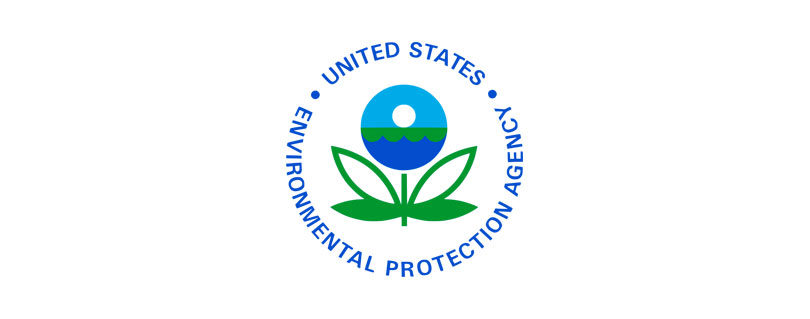EPA Selects a Cleanup Plan for New Hampshire Plating Company Superfund Site, Merrimack, N.H.
Publilshed by the U.S. Environmental Protection Agency (EPA)
BOSTON (Aug. 31, 2023) – The U.S. Environmental Protection Agency (EPA) has selected an interim remedy for the cleanup of groundwater at the New Hampshire Plating Company Superfund Site (Site), located in Merrimack, New Hampshire. In a decision document, EPA amended the groundwater remedy it previously selected in a Record of Decision (ROD) in 1998 and modified in subsequent Explanations of Significant Differences (ESD) in 2007 and 2020.
The cleanup plan includes:
- In-situ (below ground) treatment and sequestration of groundwater contaminants,
- Phytotechnologies (tree plantings) for the treatment and sequestration of groundwater contaminants,
- Land use restrictions (called “Institutional Controls”) to prevent exposure to Site contaminants,
- Monitoring of the contaminated groundwater plume to evaluate the performance of the interim remedy, and
- Periodic reviews, at a minimum of every five years, to assess the protectiveness of the remedy.
The interim remedy defers the selection of a final groundwater remedy for the Site pending further evaluation of data which will be assessed at least every five years. Information obtained during the interim remedy will allow EPA to better determine any final remedy for this contamination. At present, the estimated total value of the interim remedy, including construction, operation and maintenance, and long-term monitoring, is approximately $15.1 million.
The interim remedy is fully described in a decision document known as a Record of Decision Amendment (Interim Remedy) (AROD). The AROD was developed in collaboration with the New Hampshire Department of Environmental Services, which concurs with the selected cleanup. EPA also considered written and verbal comments received from the public during a comment period from May 31 through June 30, 2023. On June 7, 2023, EPA also held a virtual informational public meeting and public hearing, during which the public had the opportunity to formally comment verbally. A summary of comments received during the public comment period and EPA’s responses to the comments are included as a part of the AROD.
The AROD, a transcript of the public hearing and verbal comments, written comments received, and other substantive documents forming the basis of EPA’s selected cleanup are included in an Administrative Record which is available at www.epa.gov/superfund/nhplating. Internet access and printers are available at the Merrimack Public Library, 470 Daniel Webster Highway, Merrimack, NH 03054. The AROD and associated administrative record are also available at the EPA New England Records Center located at 5 Post Office Square, Boston, MA 02109.
Background
The New Hampshire Plating Company (NHPC) Superfund Site is located on Wright Ave in Merrimack, New Hampshire. NHPC primarily used two parcels, with a combined total of 13 acres, for its manufacturing building and disposal lagoons. The NHPC parcels, now enclosed by an 8-foot-high chain-link security fence, are situated in an area with mixed land use, including light manufacturing, commercial businesses, and a few private residential dwellings.
A public water supply is available to properties in the immediate vicinity of the Site. Soil and groundwater at the Site were contaminated by historical (1962 to 1985) electroplating operations and waste disposal activities, most notably the discharge of treated and untreated wastes and wastewater from the former process areas into drainage channels within the concrete floors of the building, from which the waste materials gravity-drained through an underground discharge pipe into unlined waste lagoons. Hazardous substances linked to NHPC’s operations, including chlorinated volatile organic compounds, 1,4-dioxane, metals, and per- and polyfluoroalkyl substances (PFAS), have been identified in groundwater at the Site at levels that present an unacceptable future risk to human health and the environment.
Given that public water is available and there are no current users ingesting groundwater at the Site, there is no current human health risk from the contaminated groundwater. Additional remedial actions are required to address the potential human health risks associated with the future ingestion of contaminated groundwater and the potential inhalation of contaminated vapors in new or renovated structures constructed over the groundwater contaminant plume.
EPA’s Superfund program is responsible for cleaning up some of the nation’s most contaminated land and responding to environmental emergencies, oil spills and natural disasters. To protect public health and the environment, the Superfund program focuses on making a visible and lasting difference in communities, ensuring that people can live and work in healthy, vibrant places.
More information is available at https://www.epa.gov/superfund.
Read the full article at: https://www.epa.gov/newsreleases/epa-selects-cleanup-plan-new-hampshire-plating-company-superfund-site-merrimack-nh


